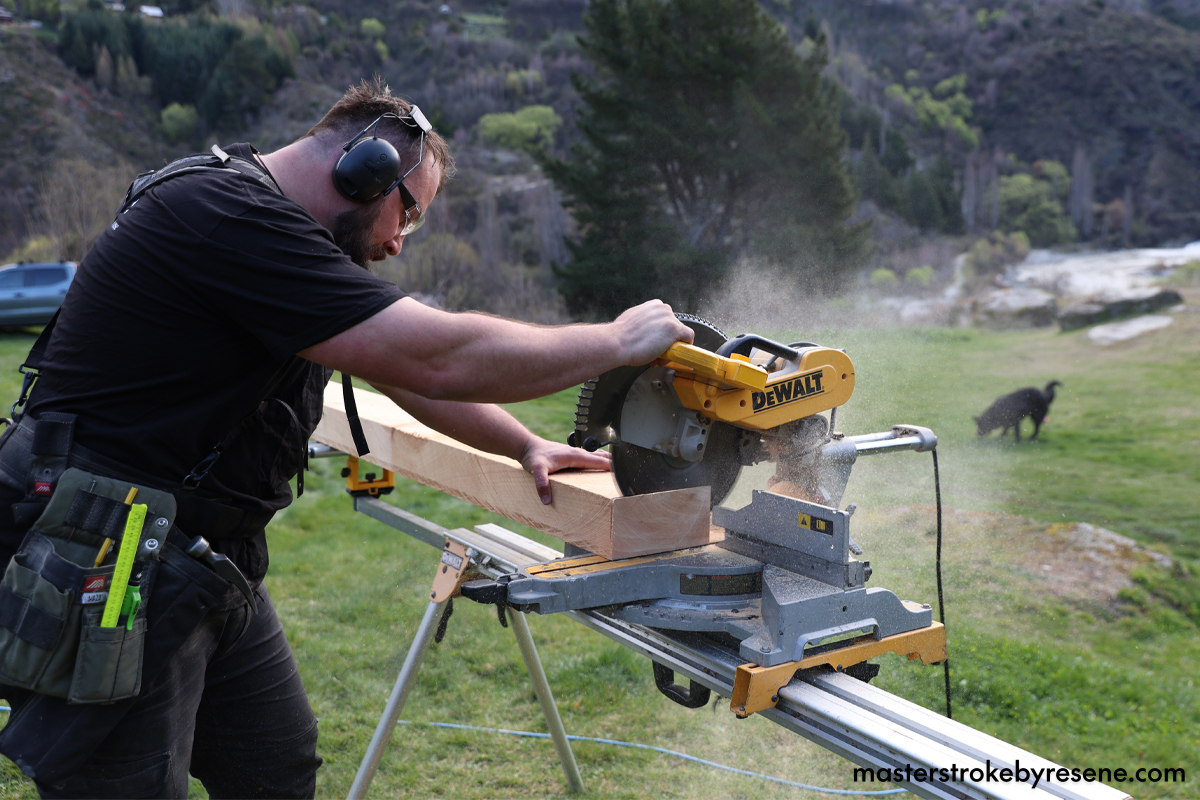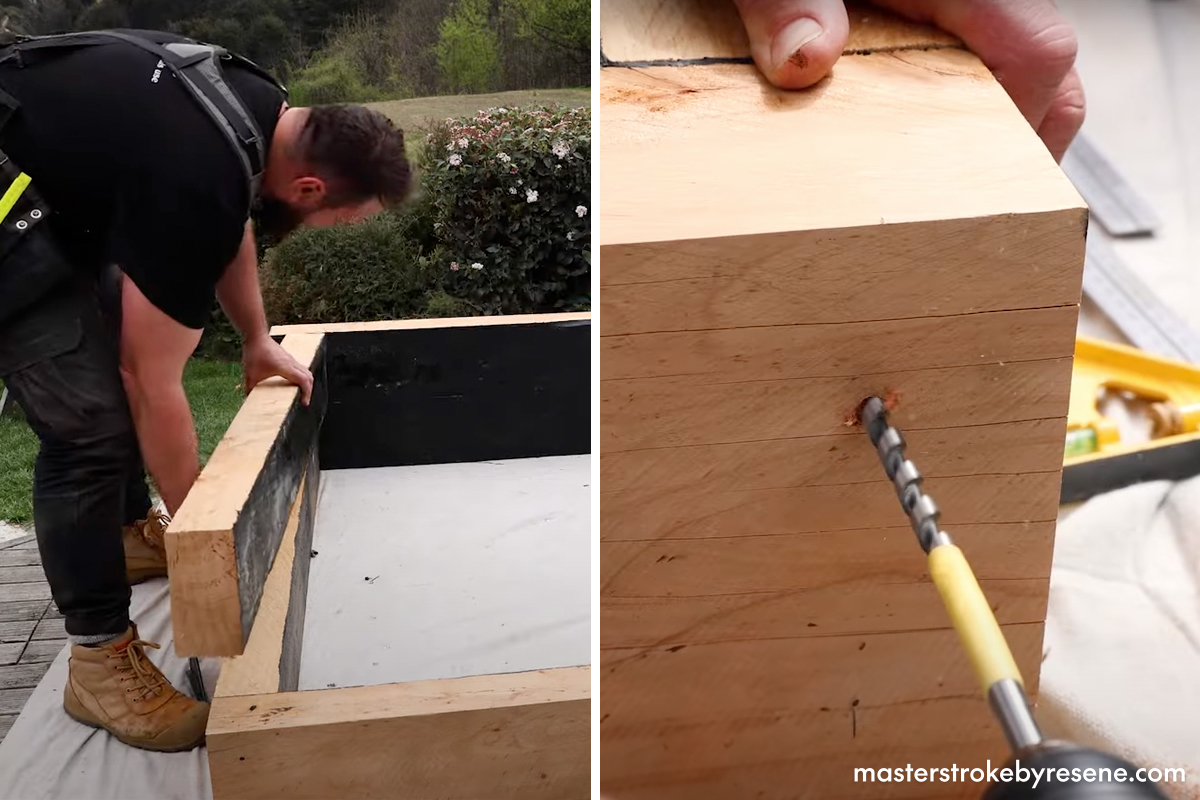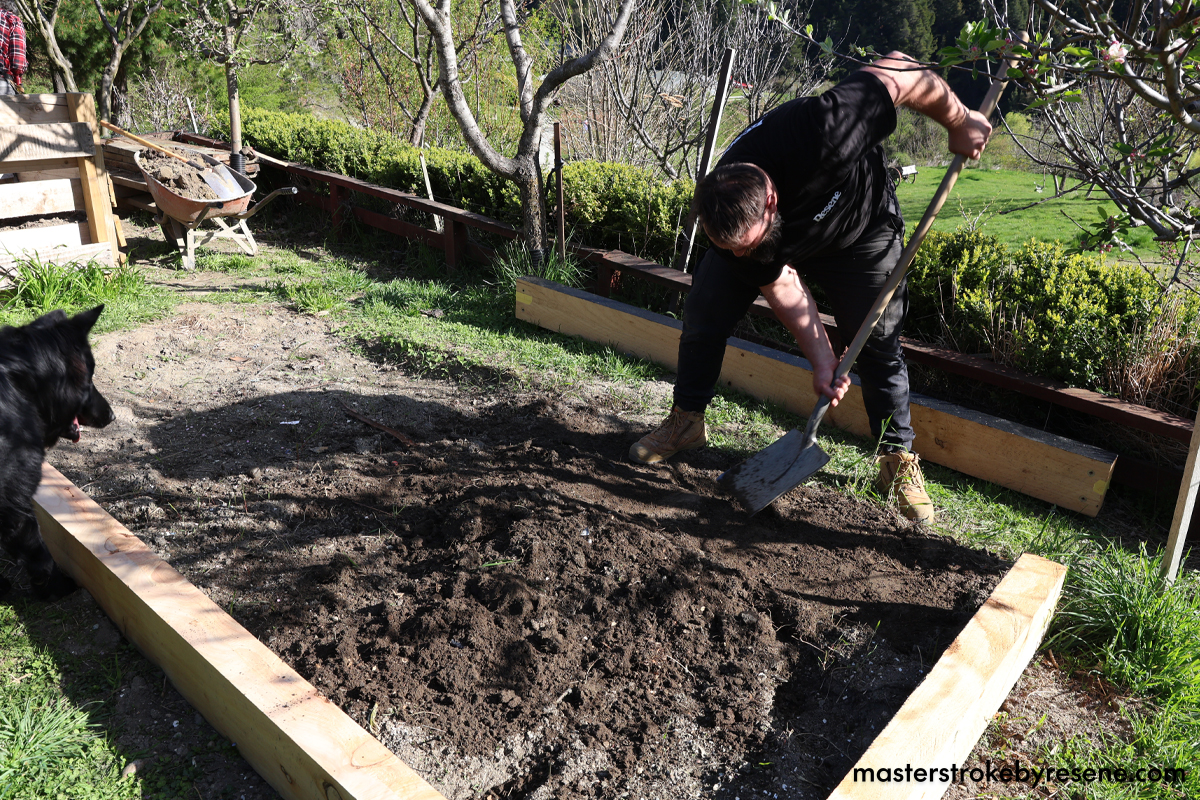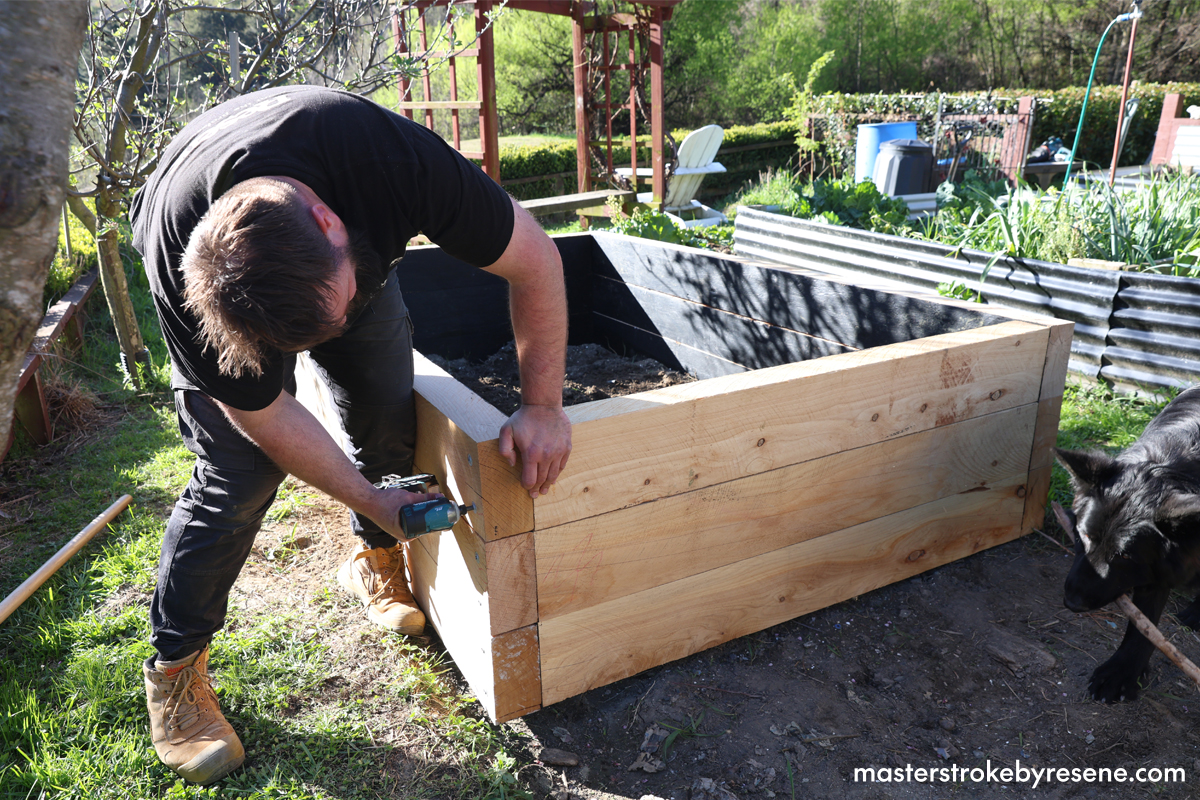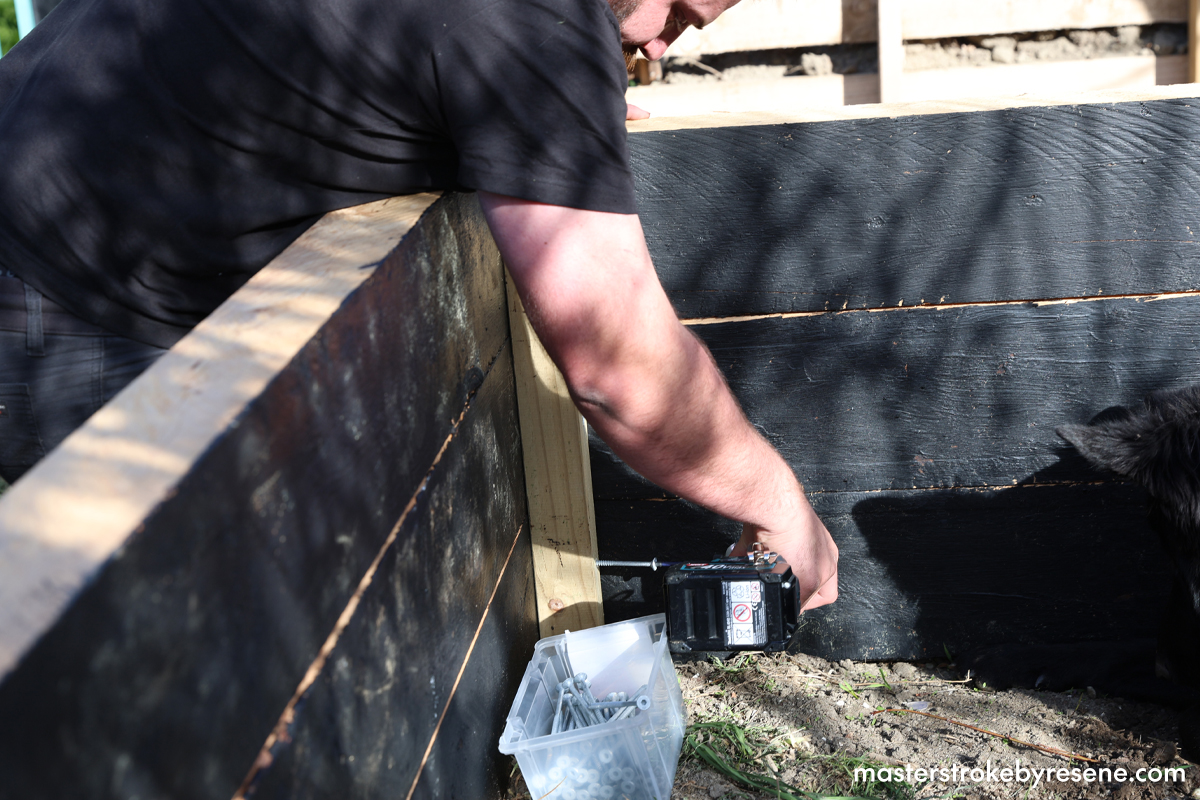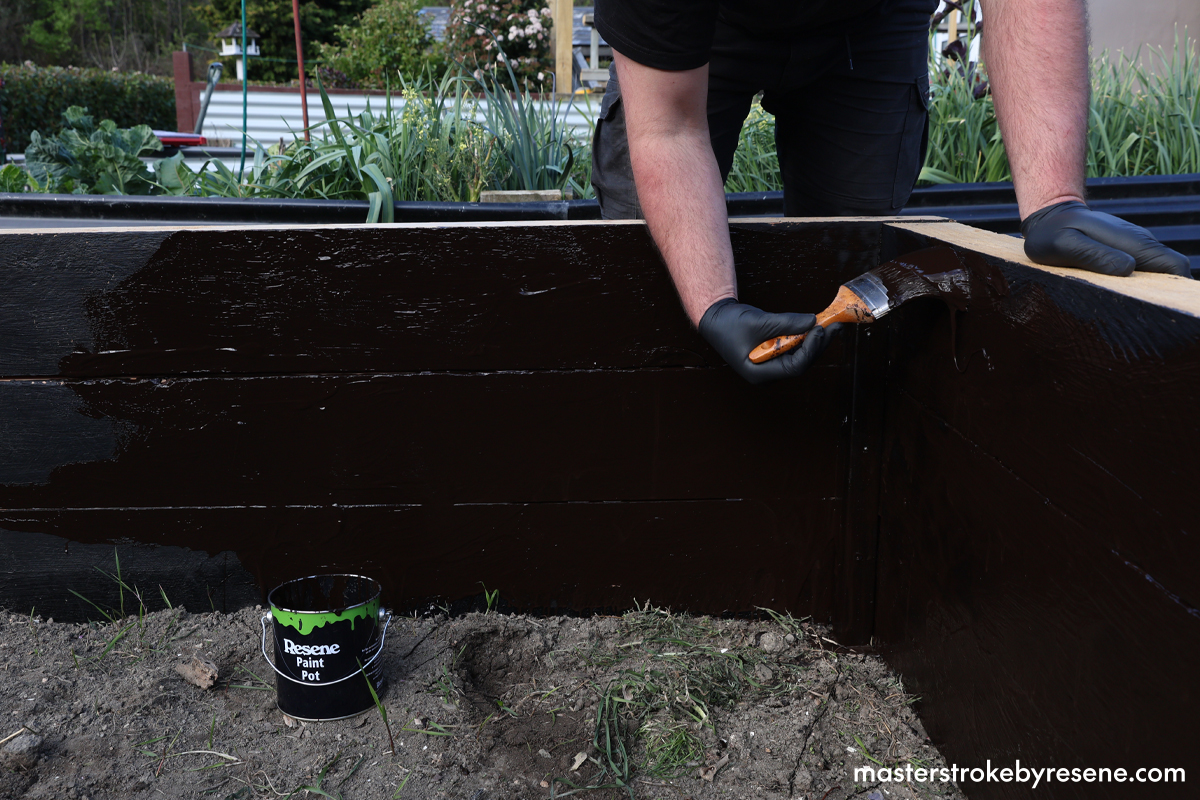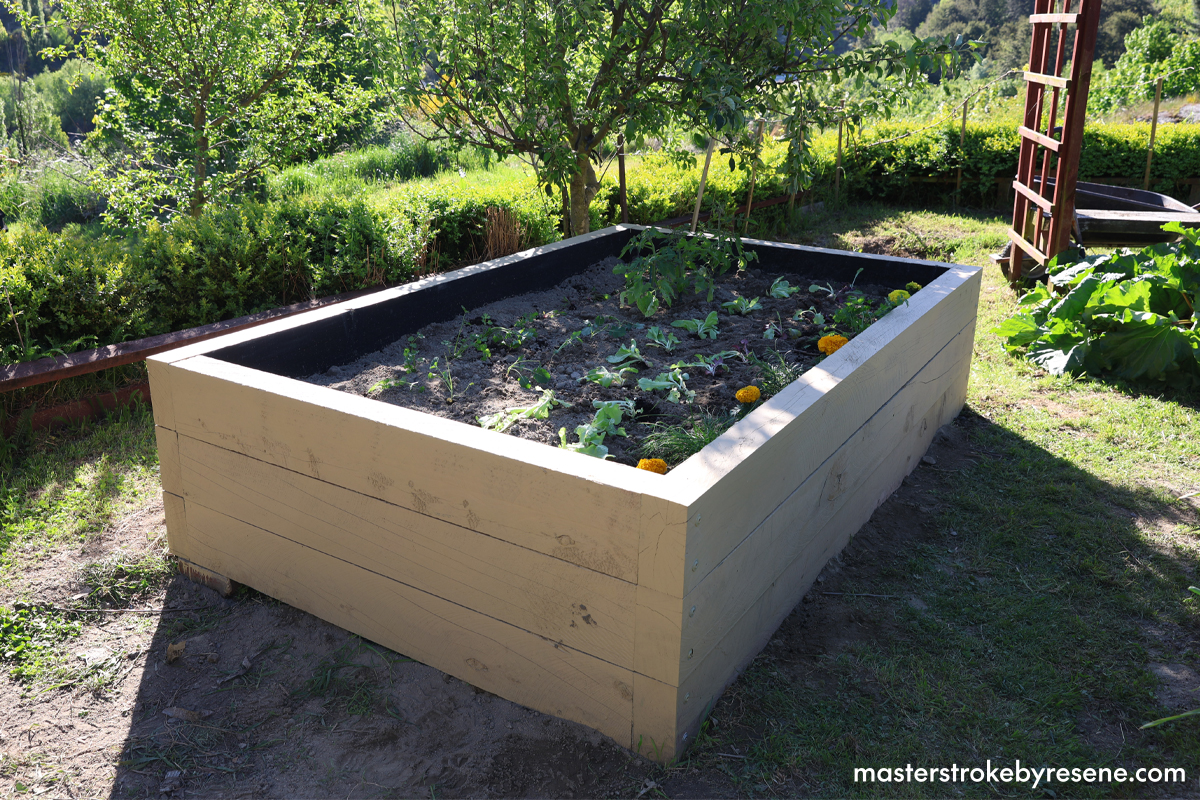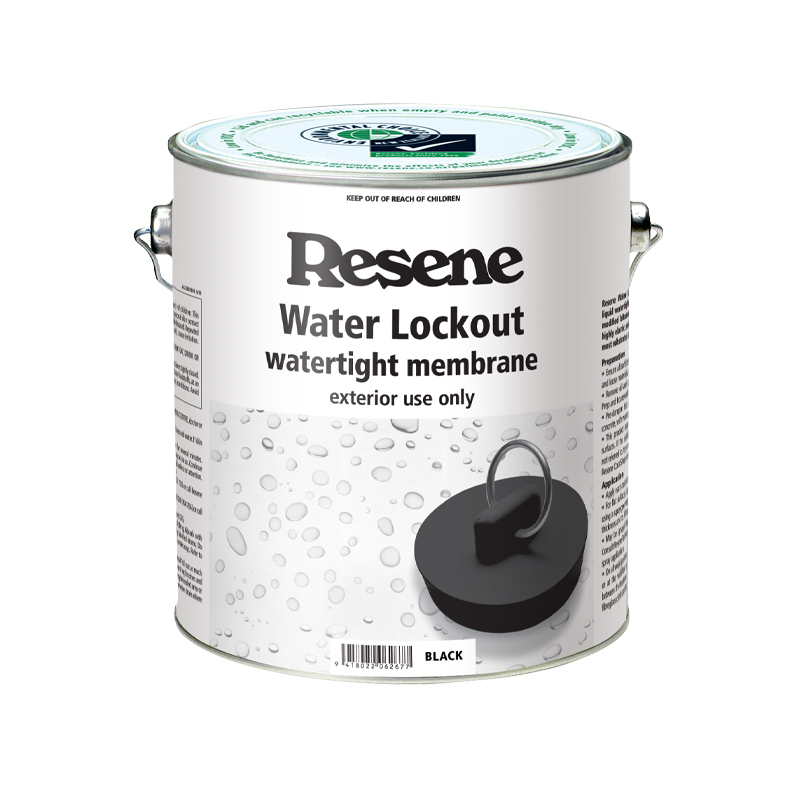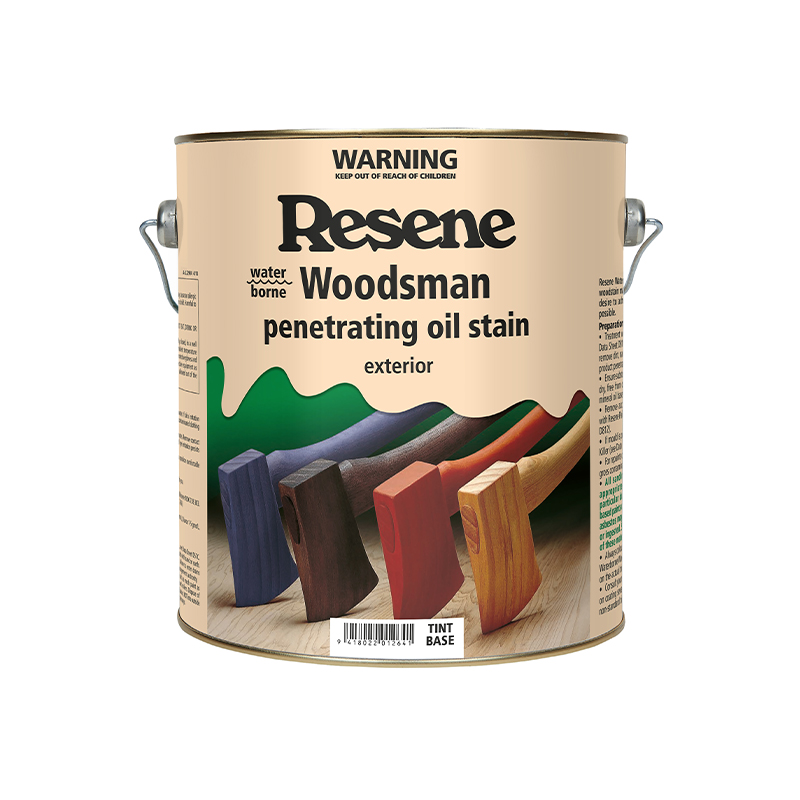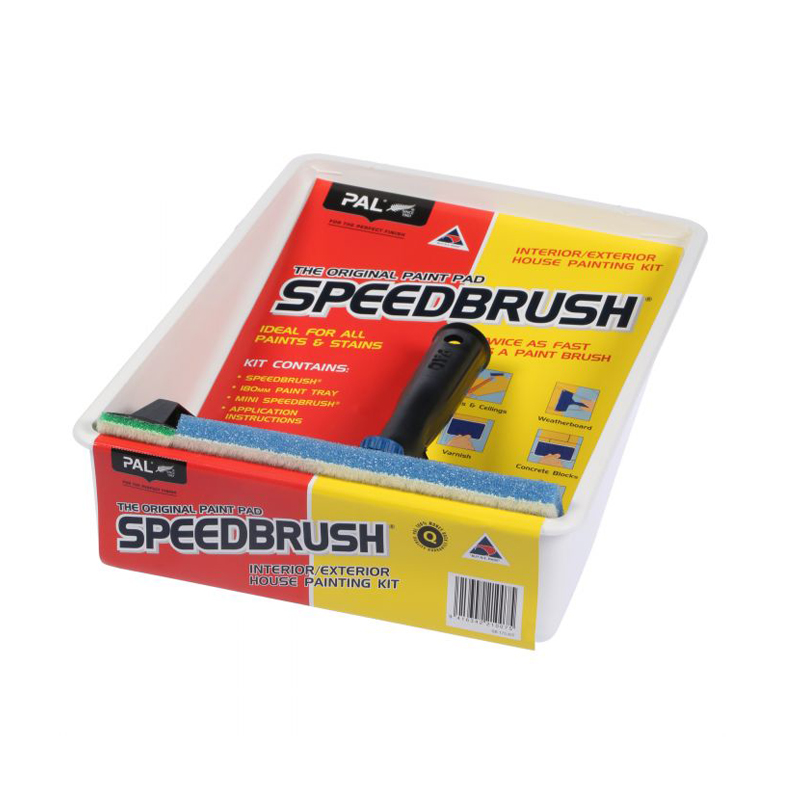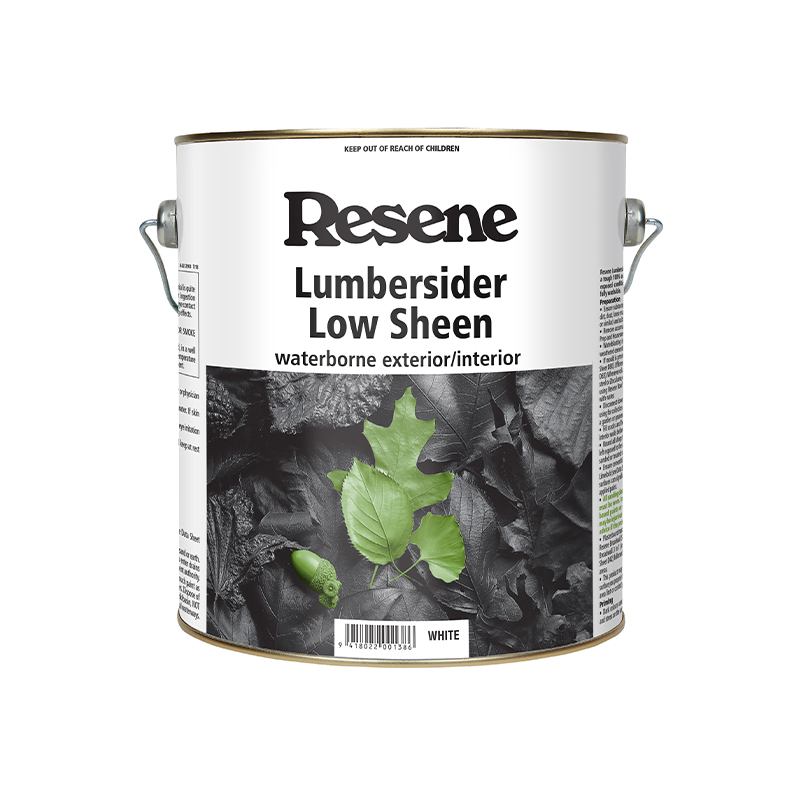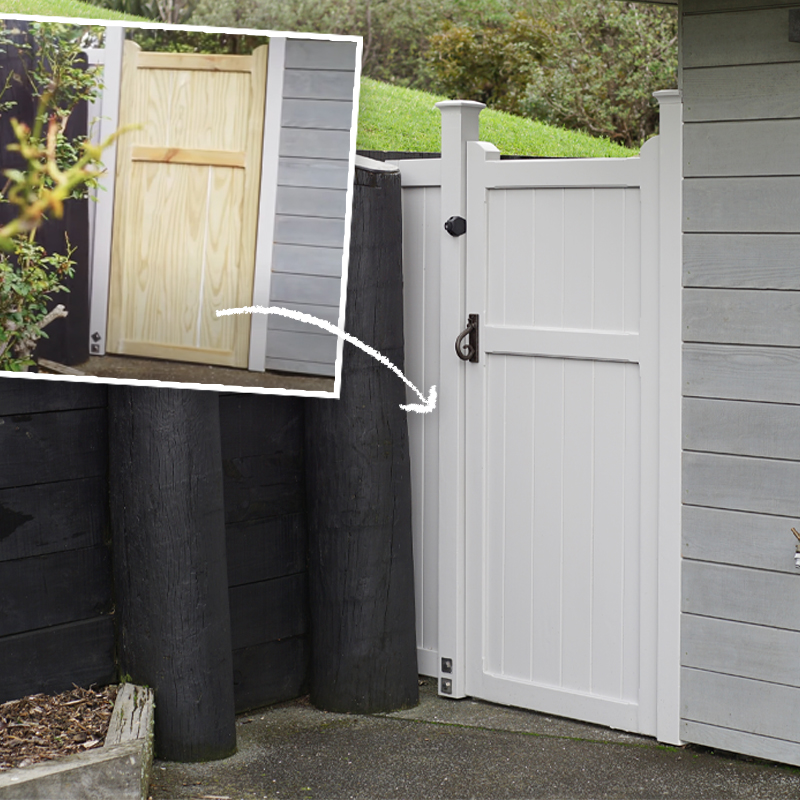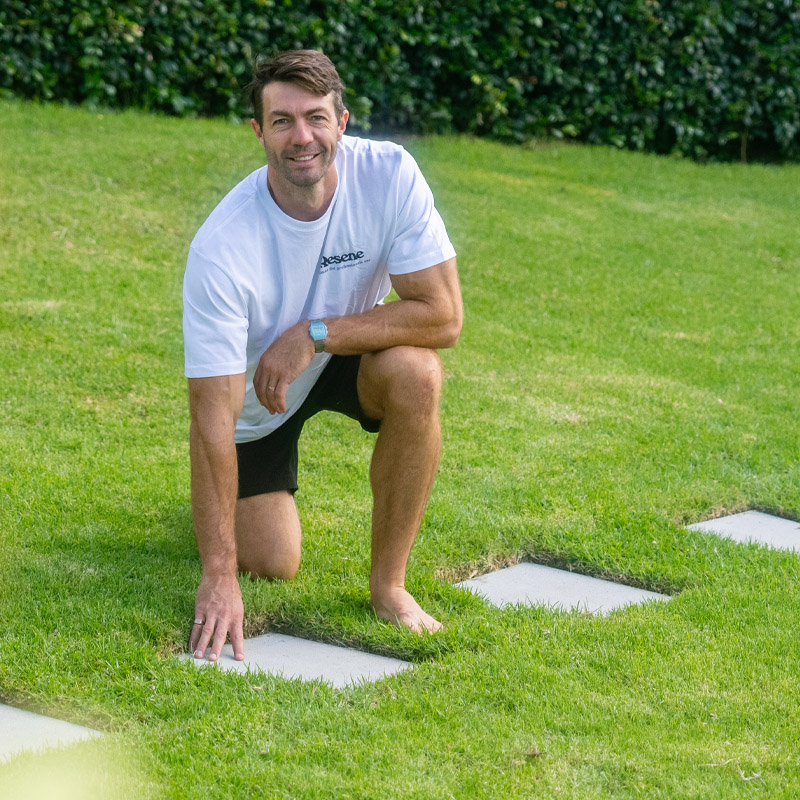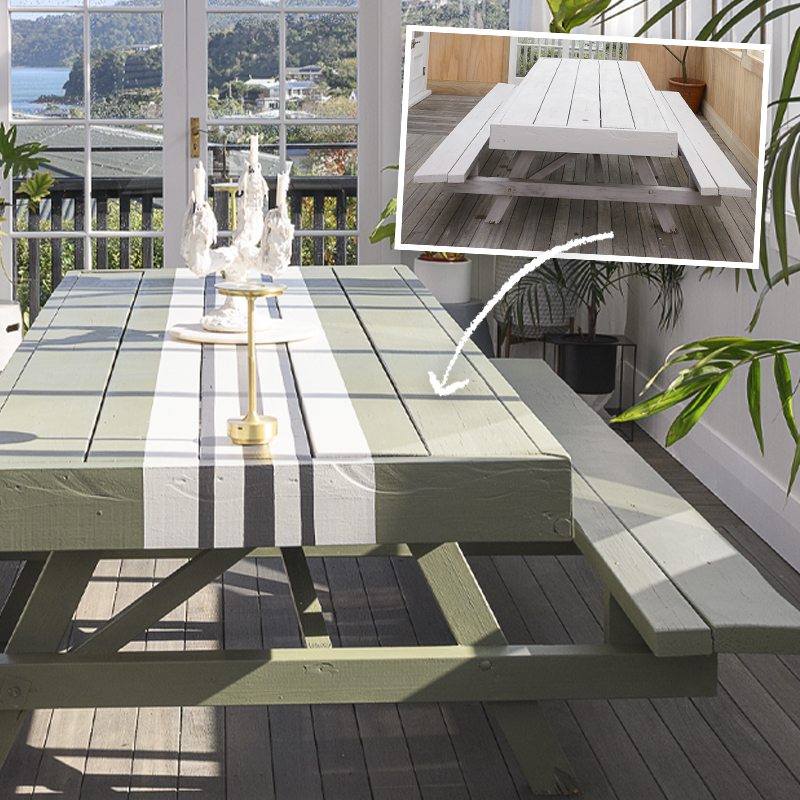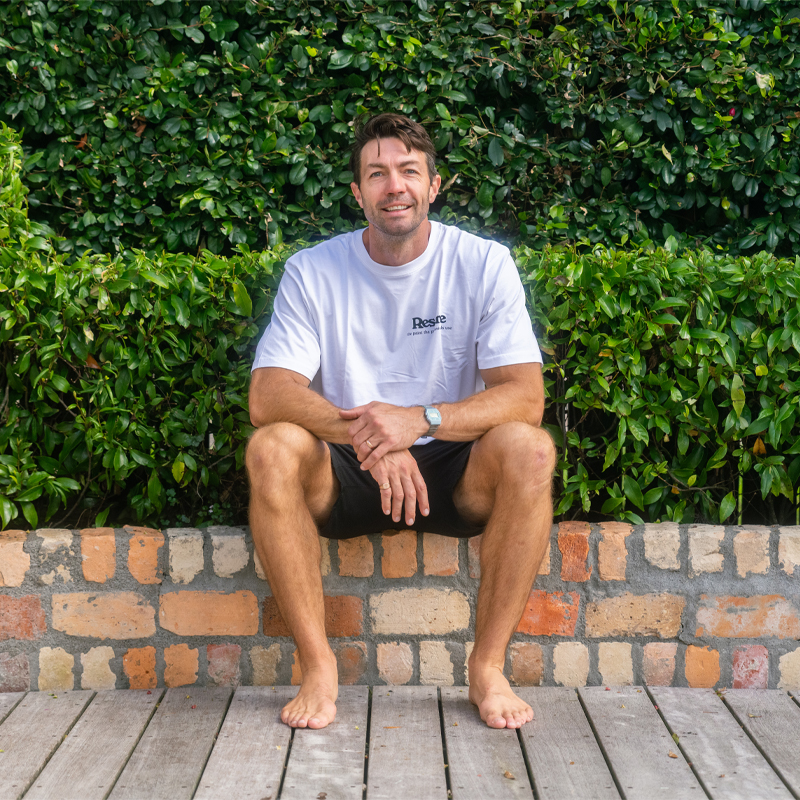Building a planter box in your backyard is the DIY project that keeps on giving. With the cost of groceries at an all-time high, get outdoors and keep busy by growing your own fruit, vegetables and flowers. This is the perfect project to undertake over a weekend – nothing tastes quite as good as something you’ve grown yourself!
In this Odd Jobs video, Queenstown-based builder Josh Lysaght shares the step-by-step process on how to create your very own planter box. The key is to use Resene Water Lockout watertight membrane on the inside of the timber. Applied in multiple thick coats, it acts much like a plug to block water seepage.
Raised garden beds like this make gardening easy and are a fantastic starting point for your green-fingered journey. You’re able to grow a wide range of plants, including deep rooting ones, and they’re an ideal option for when the soil in your backyard isn’t great. As you don’t stand on the soil when you’re tending the plants, it means it will stay aerated – excellent for growing and drainage.
When it comes to selecting the best spot in the garden, choose somewhere that is sunny (usually north-facing), sheltered from the wind and most of all easy-to-access. Having it close to the kitchen will be helpful if you’re growing veges and herbs.
Follow along with Josh and start living more sustainably at home.

